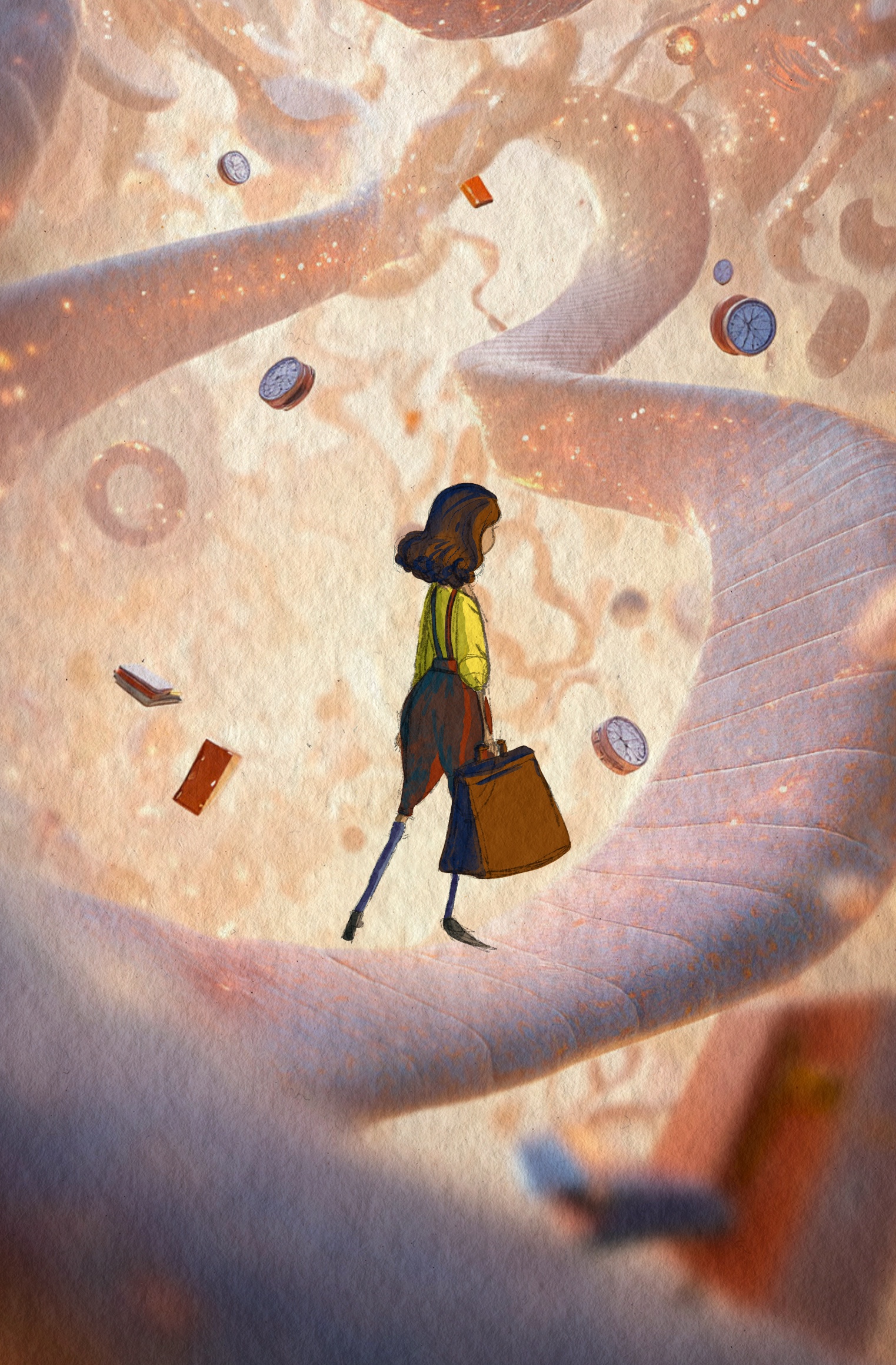Investigating the effect of noisy galvanic vestibular stimulation on somatosensory perception in healthy adults
Abstract
It is well known that the vestibular system is an important sensory system used by the brain for postural control or human balance. To maintain postural control, the brain needs to integrate with other signals from the various sensory systems. The somatosensory system is one such sensory system. Evidence in healthy people suggests that Galvanic Vestibular Stimulation (GVS) has facilitatory effects on somatosensory perception such as touch. As GVS is uncomfortable, it is more feasible to deliver a new variant of GVS called noisy galvanic vestibular stimulation (nGVS) which delivers GVS with a sub-threshold weak current. Therefore, this research aims to investigate the effects of nGVS on somatosensory perception on foot in healthy adults. The findings will provide new insights for better understanding any somatosensory enhancement induced by nGVS on sensory perception on foot. It is assumed that this proposed study has a potential to expand our understanding of the links between the vestibular system and the somatosensory system by giving a detailed view of whether the vestibular system can influence processing within the somatosensory pathway, which is important for human balance. This subsequent research is the first step which will provide greater understanding of the effects of nGVS on balance and may help in developing a new treatment using nGVS for people with poor balance. In this presentation I will present the methodology how we are going to understand the links between vestibular and somatosensory system using nGVS behind ears and seeing its effect on sensory perception on foot.
Downloads
Metrics
Copyright (c) Kaur Preet Kamal
Article text:

This work is licensed under a Creative Commons Attribution 4.0 International License.
Photos:
The images in Rangahau Aranga are not covered by the Creative Commons license and are subject to copyright. Permission to reproduce this material must be sought from the copyright holder concerned.






